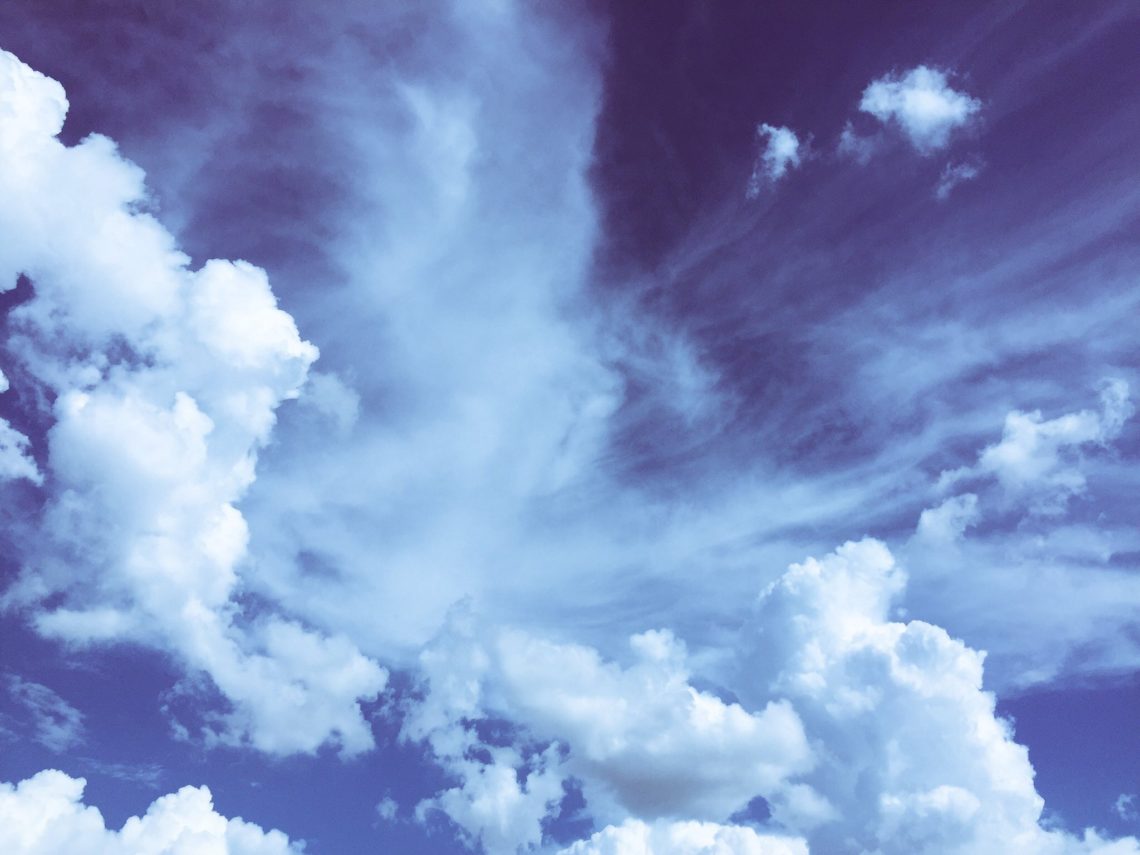-
Lesson 41: Directionals

– To say ‘to me,’ ‘to you,’ etc. in Marshallese, you can sometimes just say ‘ñan ña,’ ‘ñan kwe,’ etc. like in English. However, you can also use the following words: Directionals tok to me/us (towards where I am or where we are) wōj or waj to you (towards where you are) ḷọk to him/her/it/them…
-
Lesson 40: Conditionals in Marshallese

Lesson 40: Conditionals in Marshallese.
-
Lesson 39: Which fish, what kind of fish, you and who else?

There are even more ways to make questions in Marshallese. – To say ‘which ___’ or ‘what kind of ____’, use the following words after the noun: ta which? rot or rōt or tor what kind of? For example: Āne ta? = island/which = Which island? Ek rōt? = fish/what kind = What kind…
-
Lesson 37: After, before

You can use ‘my,’ ‘your,’ etc. in yet another way in Marshallese. To say ‘after you go,’ or ‘before you go,’ you say instead ‘after your go,’ ‘before your go’.
-
Lesson 36: Comparatives in Marshallese

In the last lesson you learned how to make sentences like ‘I fish often’ by saying ‘it is often my fish.’ You can also do the same sort of thing with adjectives, to say things like ‘It is very good,’ ‘it is pretty good,’ etc. Here are some words you can use this way:…
-
Lesson 35: Adverbs

Practical Marshallese. In Marshallese, instead of saying ‘I walk fast’ you would say ‘it is fast my walk.’
-
Lesson 32: Perfect Past

In Marshallese the following are expressed in the same way: I am finished eating, I have eaten, I already ate, I have already eaten.
-
Lesson 31: Not yet and never

Marshallese has a word ‘jañin’ (or ‘jāñin’) that means ‘not yet.’ It goes before the verb or adjective.
-
Lesson 30: Do you have?

To make questions with ‘have’ (like ‘do you have a pencil?’ or ‘does she have any sisters?’) just add ‘ke’ after ‘ewōr’ or ‘elōñ’.
-
Lesson 29: I have one, I have two, I have many

In order to say ‘I have many___,’ ‘I have few___,’ ‘I have some ___,’ etc., use the words for ‘there are many,’ ‘there are few,’ ‘there are some’
-
Lesson 28: I have a pencil with me

In the last lesson you learned how to say ‘I have,’ ‘you have’ etc. There is another way to say these kinds of sentences. If you mean ‘I have a ___ with me’ or ‘I am carrying a ____’ (as opposed to ‘I own a ___’ or ‘There is a ___ that belongs to me’),…
-
Lesson 27: I have, you have, I don’t have, you don’t have

The way to say ‘I have,’ ‘you have,’ etc. in Marshallese is very different from English. There is no word for ‘have.’ Instead of saying ‘I have a pencil,’ you say ‘there is my pencil.’ Instead of saying ‘I don’t have a pencil’ you say ‘there is no my pencil.’
-
Lesson 26: There is, there are, there are many

To say a sentence like ‘there are sharks or ‘there is a lot of breadfruit’ in Marshallese, you use the equivalent of the phrases ‘there is,’ ‘there are,’ ‘there are many,’ etc. in English.
-
Glossary of Useful Words from Practical Marshallese

A glossary of about 1500 Marshallese words, in order of usefulness. Designed so you can sit down every day and learn a few new words.